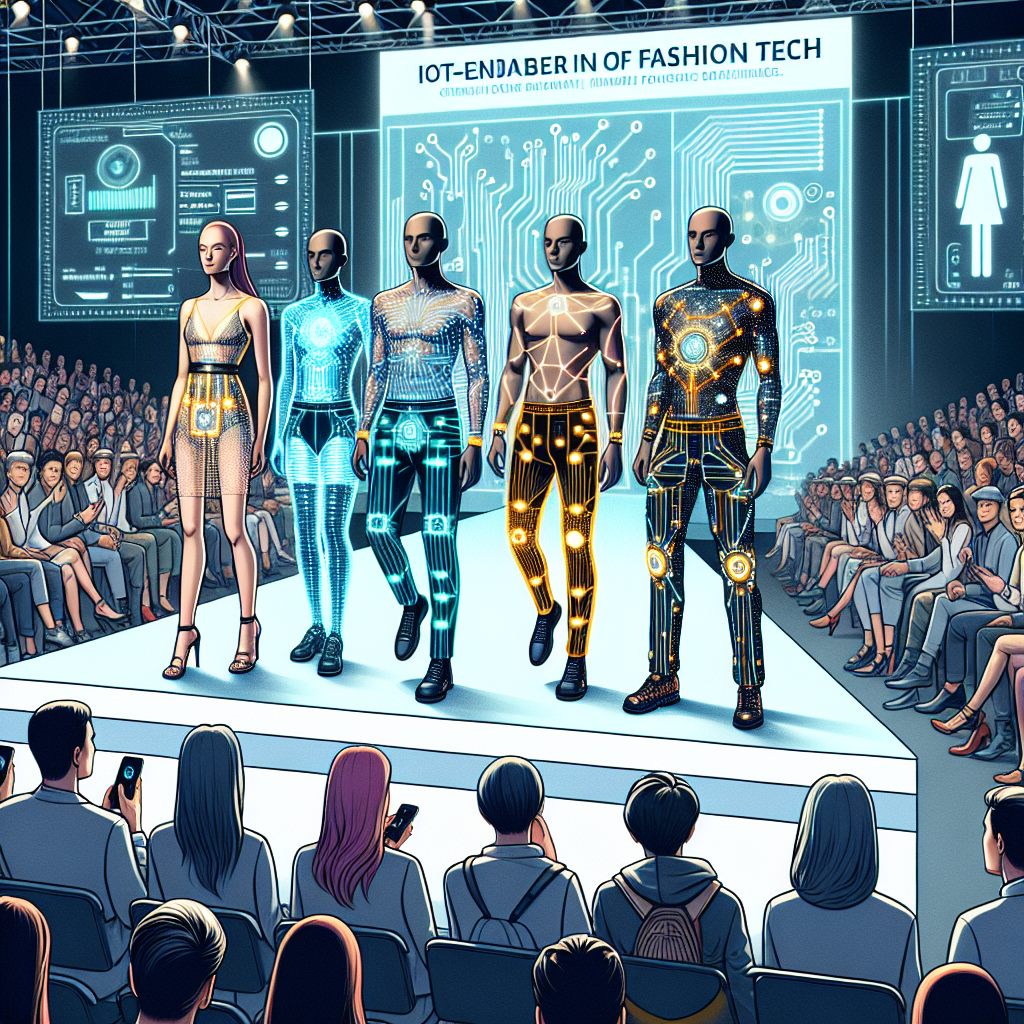Discover the revolution of smart textiles and how they influence our daily lives.
Introduction
The rise of the Internet of Things (IoT) has paved the way for innovative solutions across various sectors. In the domain of fashion and textiles, connected clothing represents a breakthrough that merges technology with everyday wear. This article explores the transformative impact of IoT-enabled fabrics, shedding light on their applications, benefits, challenges, and future potential.
What is Connected Clothing?
Connected clothing refers to garments integrated with advanced technology, enabling them to collect, transmit, and respond to data. These textiles are enhanced with sensors, microcontrollers, and connectivity solutions like Bluetooth, Wi-Fi, or NFC.
Applications of IoT-Enabled Fabrics
Connected clothing has several applications across various fields:
- Healthcare: Wearable devices for monitoring vital signs, including heart rate and body temperature.
- Fitness: Apparel with embedded sensors to track workout performance and provide real-time feedback.
- Fashion: Smart garments that change color or design based on user preferences or environmental conditions.
- Safety: Clothing equipped with GPS for location tracking, useful in emergency situations.
Benefits of Connected Clothing
Integrating IoT into clothing offers numerous advantages:
- Enhanced User Experience: Provides personalized experiences through user data.
- Better Health Monitoring: Continuous tracking of physiological metrics.
- Increased Safety: Immediate access to location tracking for vulnerable individuals.
- Data-Driven Decisions: Enables informed choices in wellness and fitness based on real-time analytics.
Data Insights on Connected Clothing
According to various studies, the market for smart textiles is booming:
| Year | Market Size (in Billion USD) | Growth Rate (%) |
|---|---|---|
| 2020 | $1.5 | 25% |
| 2021 | $2.0 | 30% |
| 2022 | $2.6 | 35% |
| 2023 | $3.4 | 40% |
| 2024 | $4.5 | 45% |
Challenges and Considerations
Despite the potential, several challenges exist in the realm of connected clothing:
- Privacy Concerns: The use of personal data raises significant privacy and security issues.
- Durability: Maintaining functionality after multiple washes and wear.
- Cost: High initial investment and market adaptation constraints.
- Technical Limitations: Issues such as battery life and power consumption are critical.
Future Trends in Connected Clothing
The future of connected clothing is filled with possibilities:
- Increased Customization: Consumer demand for personalized experiences will drive innovations in IoT fabrics.
- Sustainability: Focus on eco-friendly materials and processes in smart textiles.
- Integration with AI: Combining smart fabrics with artificial intelligence for adaptive responses.
- Healthcare Integration: Expanding applications in chronic disease management and patient care.
Interactive Insights
Explore trends and innovations through interactive platforms that showcase real-life applications of smart textiles.
Frequently Asked Questions (FAQ)
1. What types of sensors are used in connected clothing?
Common sensors include accelerometers, gyroscopes, temperature sensors, and heart rate monitors.
2. How is data collected from smart clothing?
Data is collected through embedded sensors, which send the information to a smartphone app or cloud service for analysis.
3. Are smart fabrics comfortable to wear?
Yes, advancements in textile technology ensure that the integration of sensors does not compromise comfort.
4. What industries use connected clothing?
Industries include healthcare, fitness, sports, military, and fashion.
